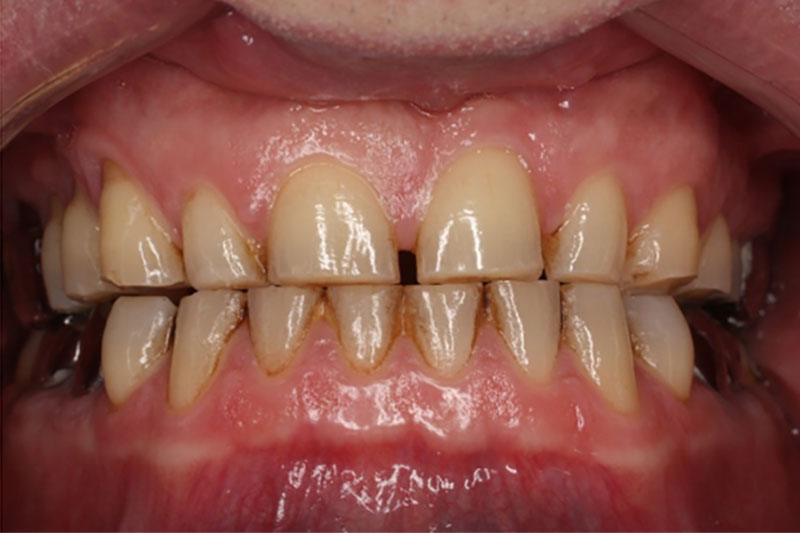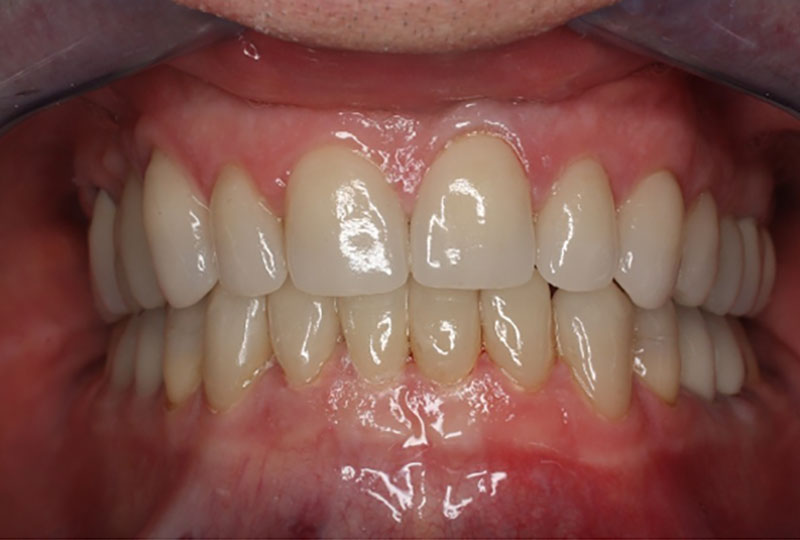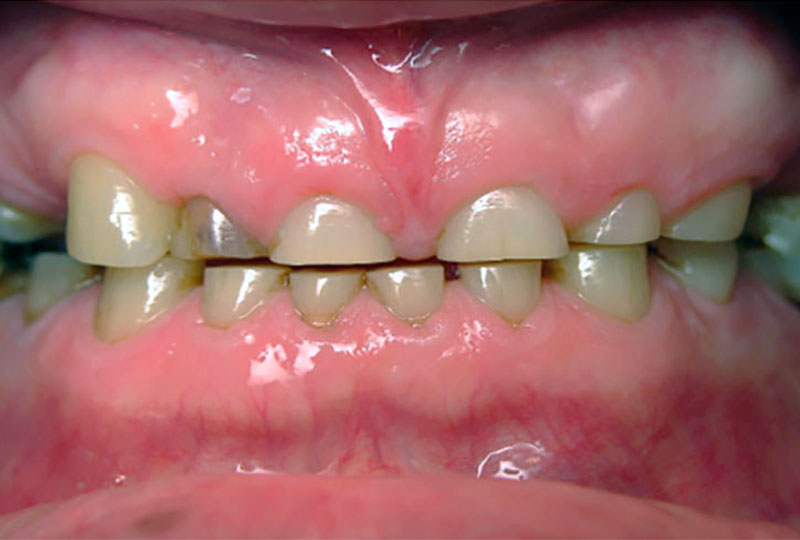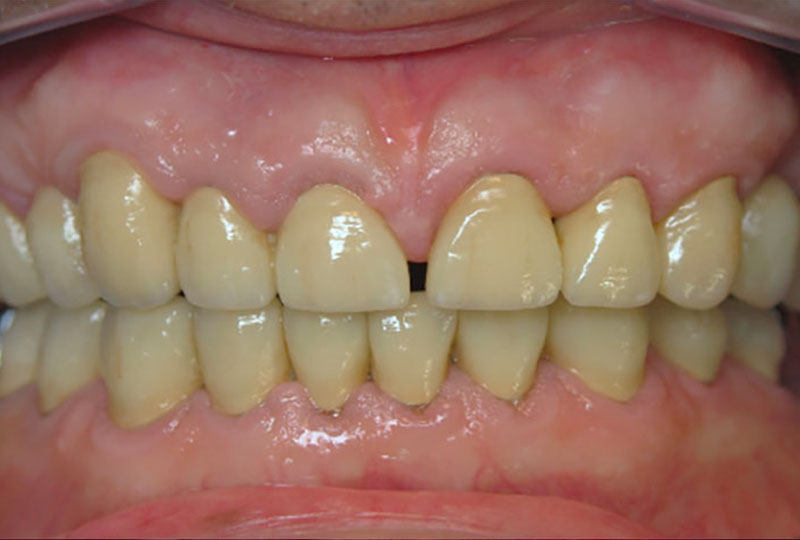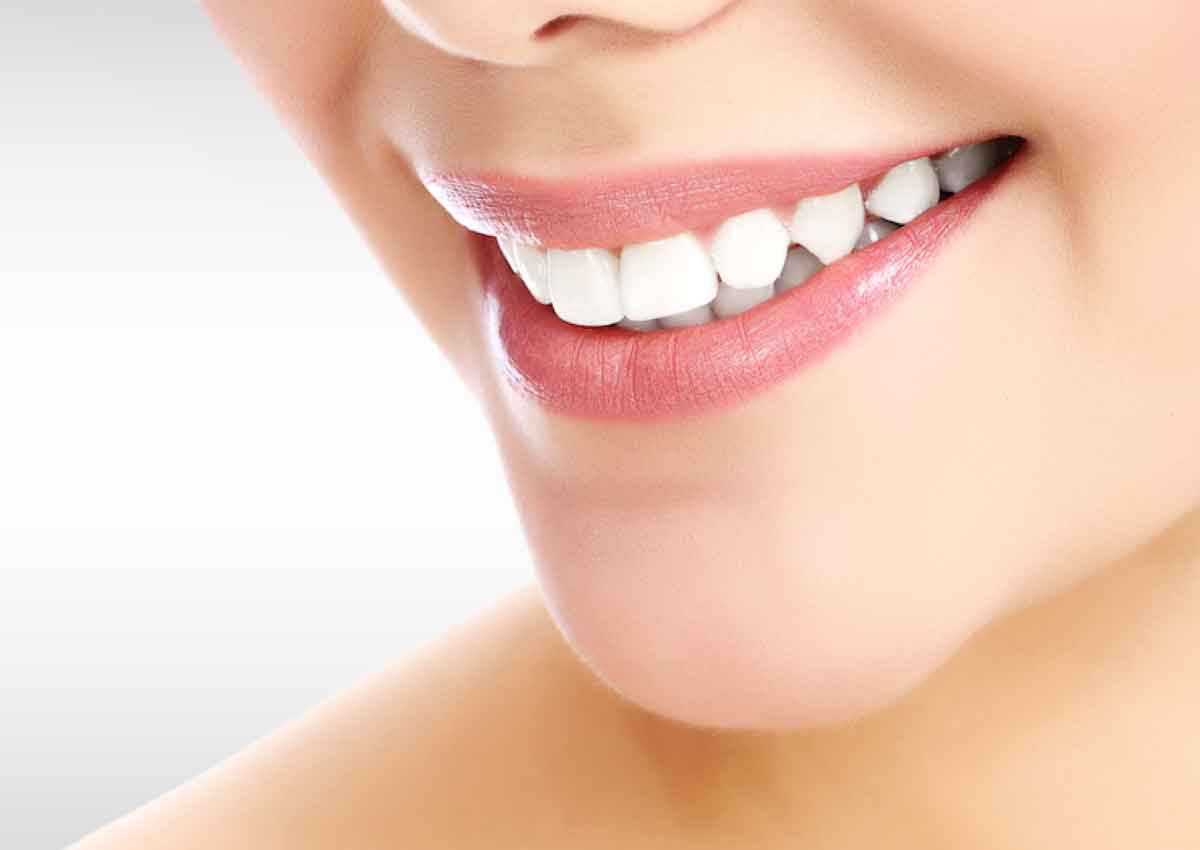
Overall functional and aesthetic renovations
Tooth wear & bruxism
Treatment of cases of severe tooth wear due to bruxism, acid attacks or overly vigorous brushing.
Bruxism is an aimless unconscious movement of the braces, either by squeezing or by lateral movements, then called teeth grinding.
What is dental abfraction?
Tooth abfraction is defined as tooth wear caused by a factor outside the mouth. This tooth wear occurs at the neck of the teeth, close to the gum, and eventually forms a concavity inside the tooth. Untreated, tooth abfraction exposes the tooth nerve and subsequently causes infection, abscess and tooth sensitivity.
Factors leading to dental abfraction :
- Inadequate brushing method
- Toothbrush with too stiff bristles
- Abrasive toothpaste (whitening)
- Bad oral habits (using toothpicks, biting your nails)
- In denture wearers with retention clasps on the teeth
- Professional wear in tailors with the sewing needle between the teeth
The simplest solution for correcting tooth abfraction is to cover the wear with an composite filling. It protects the fragile part of the tooth and prevents the nerve of the tooth from being exposed. In rare cases, the nerve of the tooth has already been affected. If this is the case, a root canal treatment will be required before covering the wear with the composite seal.
What is dental attrition?
Tooth attrition is a more pronounced and widespread wear of teeth, affecting both upper and lower teeth. It affects the chewing surface of the teeth (top) and causes a progressive shortening of the teeth.
The consequences of dental attrition:
- dental sensitivity to cold and air;
- Unsightly appearance of shortened teeth;
- dental cracks and fractures;
- infection and dental abscess caused by nerve exposure;
- Difficulty chewing more solid foods.
The primary cause of dental attrition is the bruxism (teeth grinding and clenching). The treatment of dental attrition is more complex: it is possible to cover the worn-out area of the tooth with a composite or, better yet, a custom-made ceramic filling. However, since wear is widespread in the mouth, worn teeth cannot be covered without a thorough analysis of the occlusion (i.e. how the teeth come into contact when we close the jaw). Without this analysis, there is a risk of unbalancing the jaw and causing a deformity of the jaw. This is what we call a occlusion balance. In addition, once the teeth have been restored, it is recommended that they be protected against a recurrence of dental attrition by wearing a occlusal plate or gutter.
